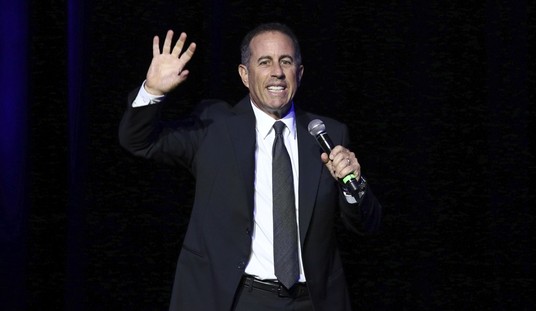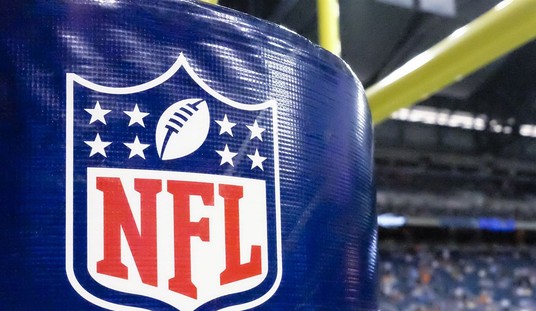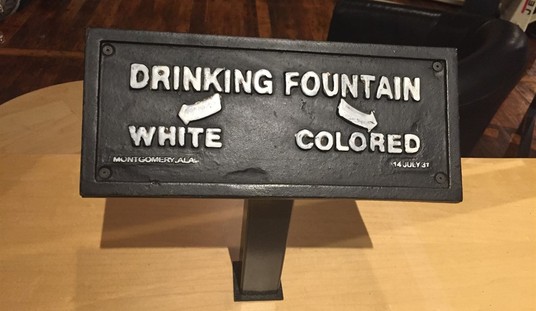There is an old saying that says something to the effect of, “The more things change, the more they stay the same.” There is no place where that old adage is more true than in politics. Another area where that holds true is history. But that history has to be known in order for us to judge it. The story of Sen. Ted Kennedy, Mary Jo Kopechne, and Chappaquiddick Island is one that, at least by now, several generations don’t know. You are either old enough to remember it first hand, or, in my case, had parents who talked about it, or you saw a movie. As in most cases of unflattering history that involves Democrats, you certainly won’t hear about it from today’s media.
Democrats turned this despicable killer into the "Lion of the Senate" https://t.co/ae12DKhG05
— Monica Crowley (@MonicaCrowley) July 19, 2023
Ted Kennedy was the youngest of the Kennedy dynasty’s nine children. He was undoubtedly in the shadow of his older brothers, John and Robert. On that fateful weekend, there was a party held on Martha’s Vineyard for Kopechne and several other young women known as the “boiler room girls,” who had all worked on Robert Kennedy’s 1968 presidential campaign prior to his assassination. Kennedy and five other men were also at the party. According to Kennedy, Kopechne complained of feeling ill. Kennedy and Kopechne got into his Oldsmobile and headed for a ferry that would take them to Edgartown and their respective hotels. What really happened next will forever be a mystery, but according to Kennedy’s version of the story, he took a wrong turn and drove off the Dike Bridge on Chappaquiddick Island. He managed to escape the submerged car and stated that he tried numerous times to get Kopechne out of the car but was unable to. He said that he went back to the cottage where the party was being held to get help. His cousin, Joseph Gargan, and aide Paul Markham went back to the scene of the accident, where they, too, tried to get Kopechne out of the car but were also unsuccessful. There is no mention of any of the three men going for help.
Any thoughts on what your uncle did at Chappaquiddick? https://t.co/RPLoEnIqAE
— toddstarnes (@toddstarnes) July 18, 2023
But what seals Ted Kennedy’s fate is the fact that he returned to his hotel and did not report the accident for nearly nine hours. A week after the accident, Kennedy made a statement about the accident. He denied being drunk, and he denied there was any sort of romantic involvement between himself and Kopechne. But the biggest question was, why did he wait so long to report the accident and the fact that Kopechne remained in the car that was still underwater? Kennedy claims his inaction was because of shock, confusion, and injury from a concussion.
What follows is the damage control that wealthy and powerful men in politics are often afforded, and the Kennedy political machine went into immediate overdrive to achieve it. The answer as to why Kennedy did not report the accident until 10 a.m. the next morning lies within that damage control. He could not be charged with driving under the influence after so many hours had gone by, and there would have been no evidence of speeding or reckless driving. Ultimately, Kennedy pled guilty to leaving the scene of an accident and received a suspended two-month jail sentence and a temporary driving ban.
Just one question, does this, all this, sound familiar? It absolutely does. What is also amazing is that Ted Kennedy went on to become known as the “Lion of the Senate,” respected on both sides of the aisle. Would he have gone to prison had he been Ted Kennedy, son of a plumber, or Ted Kennedy, factory worker? More than likely. What sticks in the craw of Americans right now today is the two-tiered system of justice, one for the powerful and connected and one for everybody else. It hasn’t gone anywhere, it has just become more embedded and more defined. The names and the events may have changed, but the practice, as we have seen recently, is alive and well. Is it a luxury afforded more to Democrats than Republicans? Based on our modern-day examples, you be the judge.
Today in 1969 U.S. Senator Ted Kennedy crashes his car into a tidal pond at Chappaquiddick Island, Massachusetts, killing his passenger Mary Jo Kopechne pic.twitter.com/IsOWtRmxzd
— the painter flynn (@thepainterflynn) July 19, 2023













